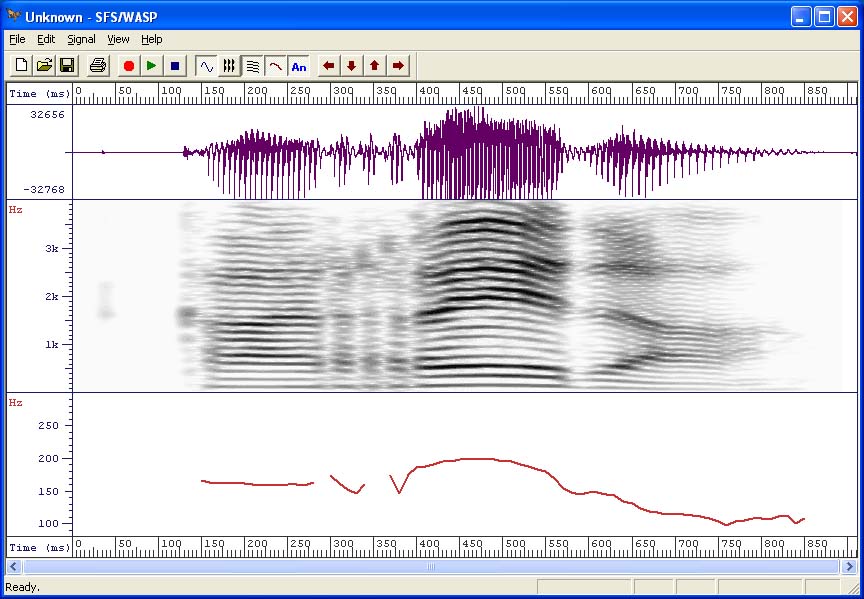The palatalized ones are traditionally termed ‘soft’ in Russian, ‘slender’ in Irish, while their non-palatalized counterparts (which may also be labialized and/or velarized) are termed ‘hard’ and ‘broad’ respectively.
Published with the m.f. of a hundred years ago (yesterday’s blog) there was an appendix entitled Court exposé de la prononciation russe, by L. Ščerba. It is noteworthy that as early as 1911 this account makes reference to ‘phonemes’ (or rather the same term in French), which I think must be one of the earliest uses of this term in print.
…les sons qui ont une valeur significative (c’est à dire les phonèmes, suivant la terminologie de M. Baudouin de Courtenay)…
In non-IPA phonetic notation there is a tradition among experts of both Slav(on)ic and Celtic of using a postposed acute accent to show palatalization. The IPA, however, has reserved that symbol for other uses and has, over the years, explored other means of showing palatalization.
Ščerba writes the palatalized consonants with a superposed dot.
Suivant la proposition de M. Passy, les consonnes palatalisées sont indiquées par la lettre surmontée d’un point. (On doit remarquer seulement que le signe le plus familier en linguistique pour ces sons est un trait ou une virgule après la lettre et au-dessus de la ligne, par exemple d´, l´ ou d’, l’.)
This convention was formalized in the 1912 edition of The Principles of the International Phonetic Association. Just as retroflex articulation was indicated by a dot beneath, so palatalization was shown by a dot above.
Accordingly Ščerba’s version of the North Wind and the Sun in Russian looks like this (click to enlarge).

You may also be interested to see the orthographic version, which includes the letter ѣ, abolished in 1917, and many instances of the letter ъ which were dropped in the same post-revolution spelling reform. The word for ‘wind’, вѣтеръ in this text, is now written ветер.

By 1917, when Jones and Trofimov completed the manuscript of their Pronunciation of Russian (CUP, 1923), DJ had decided to go instead for a j-shaped hook to show palatalization.
So the word for ‘stronger’ then appeared as ᶊɪᶅˈᶇei.
In the 1949 edition of the Principles Jones also demonstrates a digraphic solution to the question of notating palatalized consonants. However this required complicated conventions regarding the precise extent palatalization in consonant clusters, and in Jones and Ward The phonetics of Russian (CUP, 1969) we again find monographic representation of the palatalized consonants, using the j-shaped hook. This is also shown as an alternative usage for the first two lines of the specimen in the 1949 Principles.


In the pre-computer and early computer eras both superposed dots and attached hooks presented



































